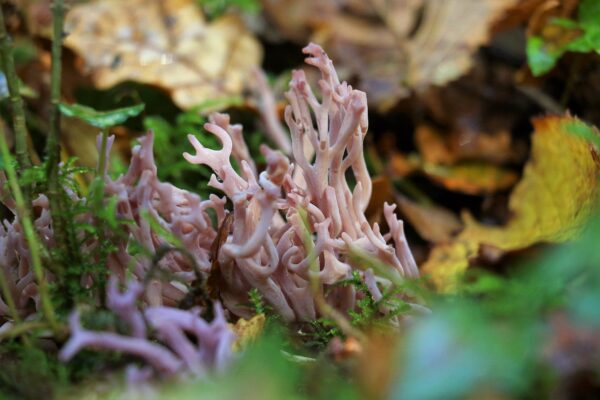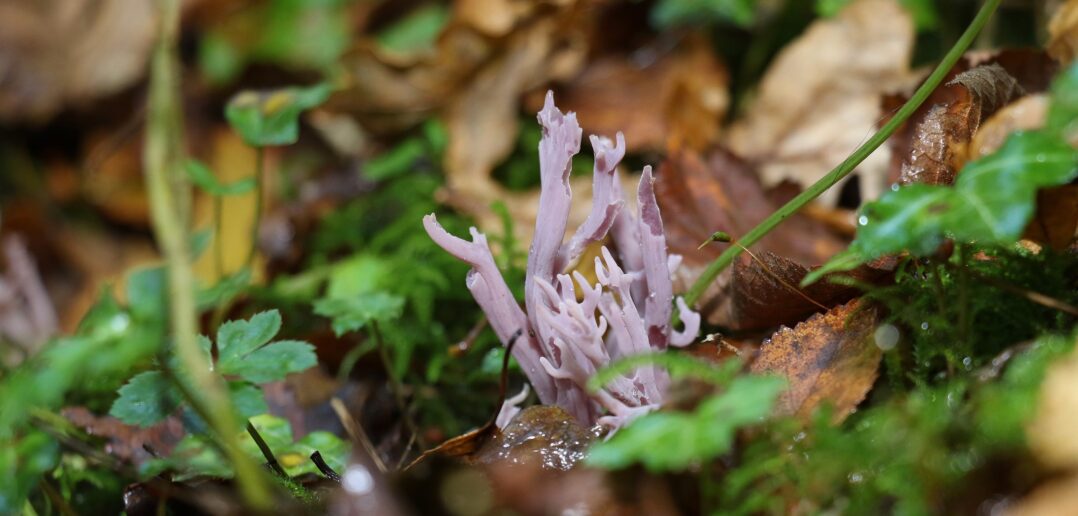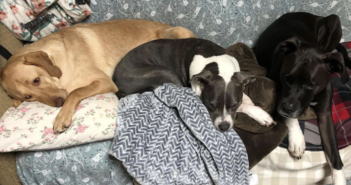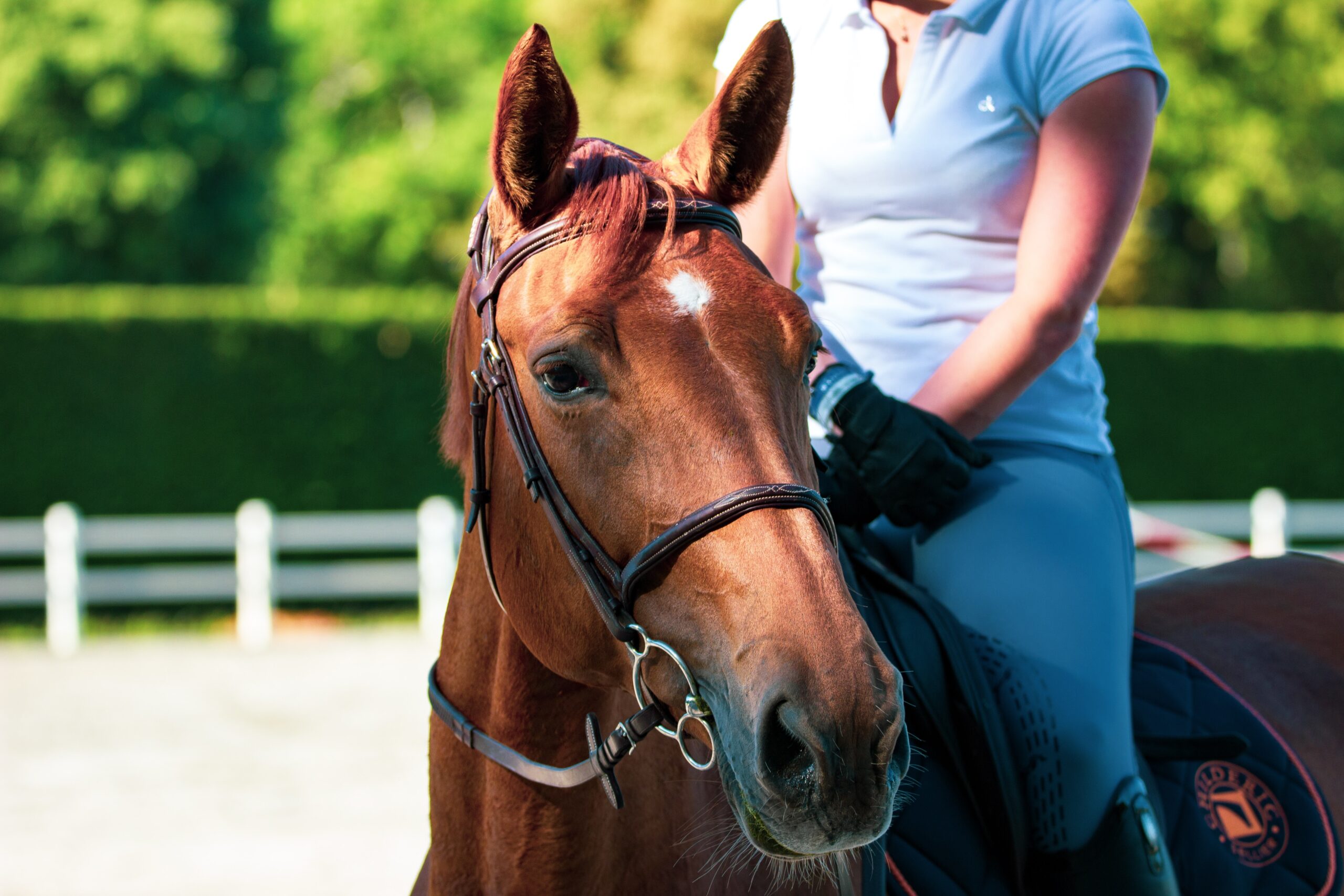Upon spotting what looked like something “from an aquarium nestled amongst moss and leaf litter,” Helen Cavilla, a conservation officer at The Donkey Sanctuary‘s Paccombe Farm in Devon, soon reported her find.
She had stumbled on Clavaria zollingeri, a rare fungi species.

According to the Devon Fungus Group’s Dr David Farley, the fungus is “very rare in south-west England and usually confined to upland areas so its appearance at The Donkey Sanctuary is especially unusual. In 40 years of observing wild fungi, I’ve only seen this species once before. A remarkable find.”
Clavaria zollingeri or ‘purple coral’ is a fungus that is around the size of a cauliflower with finger-like projections. With a dwindling population, the species is classified as a ‘Vulnerable’ type of fungi according to the International Union for Conservation of Nature (IUCN). It is also under the ‘Red List’ of threatened species in the UK and Denmark.
Its at-risk status is presumably because the fungus is often found in unfertilised grassland, a habitat type that is becoming increasingly rare due to the threats of agricultural development and the climate crisis.

Cavilla’s discovery is only the second time the fungi was found in Devon. She is optimistic about her findings, adding: “I was also pleased to find other interesting mushroom species popping up through donkey droppings, efficiently recycling the nutrients locked within and releasing them back into the soil on which they sit. The benefits of managing grassland for both donkeys and biodiversity is beautifully apparent throughout the seasons.”




